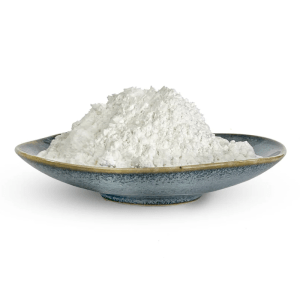
# Starch Sugar: Production and Applications in Food Industry
## Introduction to Starch Sugar
Starch sugar, also known as glucose syrup or corn syrup, is a sweetener derived from starch through enzymatic or acid hydrolysis. This versatile ingredient plays a crucial role in the food industry, offering functional properties beyond simple sweetness.
## Production Process of Starch Sugar
The production of starch sugar involves several key steps:
### 1. Starch Extraction
Raw materials like corn, wheat, or potatoes are processed to extract pure starch. The starch is then washed and purified to remove proteins and other impurities.
### 2. Liquefaction
The starch slurry is mixed with water and heated in the presence of alpha-amylase enzymes. This breaks down the starch molecules into shorter dextrin chains.
### 3. Saccharification
During this stage, glucoamylase enzymes further break down the dextrins into glucose molecules. The degree of hydrolysis determines the final product’s composition and sweetness level.
### 4. Purification and Concentration
The resulting syrup undergoes filtration, decolorization, and ion exchange to remove impurities. It’s then concentrated through evaporation to achieve the desired solids content.
## Types of Starch Sugar
Different processing methods yield various types of starch sugar:
– Glucose syrup (DE 20-50)
– High maltose syrup
– High fructose corn syrup (HFCS)
– Maltodextrins (DE <20)
– Crystalline glucose
## Applications in Food Industry
Starch sugar finds numerous applications across food products:
### Confectionery Products
In candies and chocolates, starch sugar prevents crystallization, improves texture, and enhances shelf life. It’s particularly valuable in chewy candies and gummies.
### Bakery Goods
Bakers use starch sugar to:
– Improve moisture retention
– Enhance browning through Maillard reactions
– Provide fermentable sugars for yeast
– Extend product freshness
### Beverages
Starch sugars serve as:
– Sweeteners in soft drinks
– Fermentable substrates in alcoholic beverages
– Bodying agents in low-calorie drinks
### Dairy Products
In ice cream and yogurt, starch sugar:
– Lowers freezing point
– Improves texture
– Enhances flavor perception
– Prevents ice crystal formation
## Functional Benefits
Beyond sweetness, starch sugar offers several functional advantages:
– Humectant properties
– Freeze-point depression
– Viscosity control
– Fermentability
– Non-crystallizing nature
– Browning enhancement
## Future Trends
Keyword: Starch Sugar
The starch sugar industry continues to evolve with:
– Development of specialized syrups for specific applications
– Increased demand for clean-label ingredients
– Advancements in enzymatic technologies
– Growing interest in low-GI sweeteners
As consumer preferences and food technology progress, starch sugar remains a vital ingredient in modern food formulation, offering both functional and economic benefits to manufacturers.